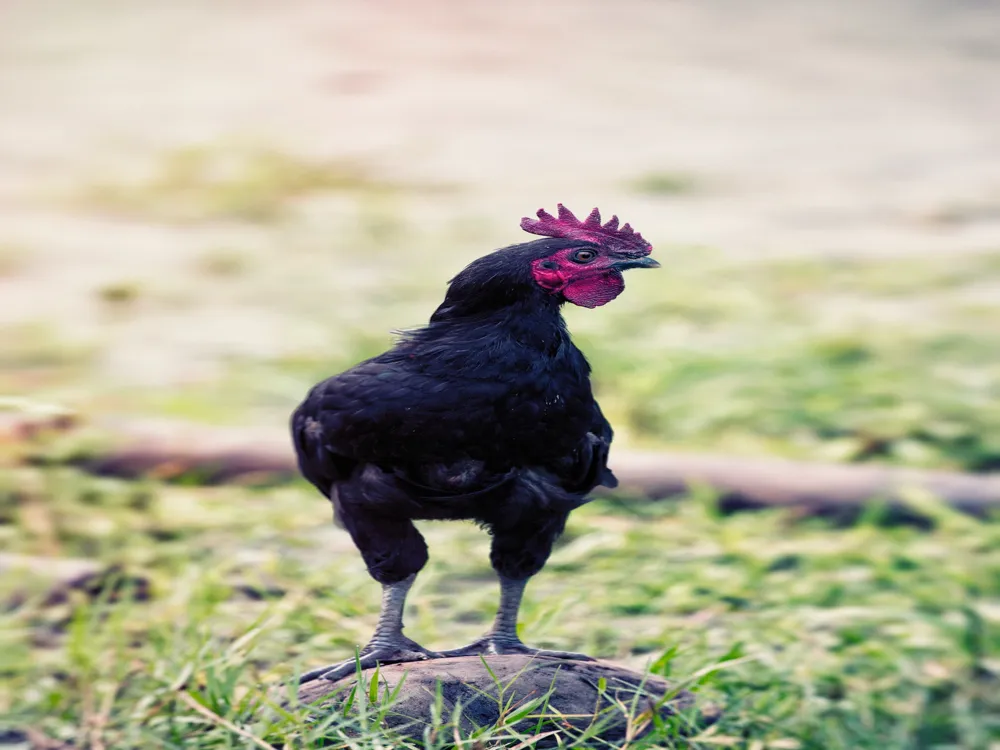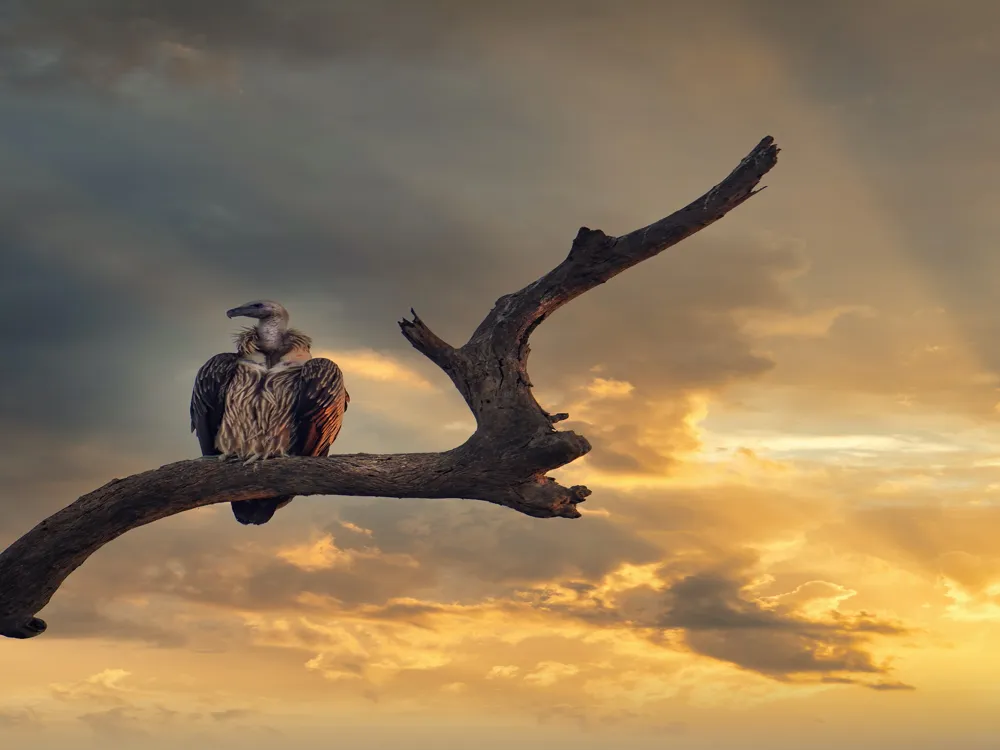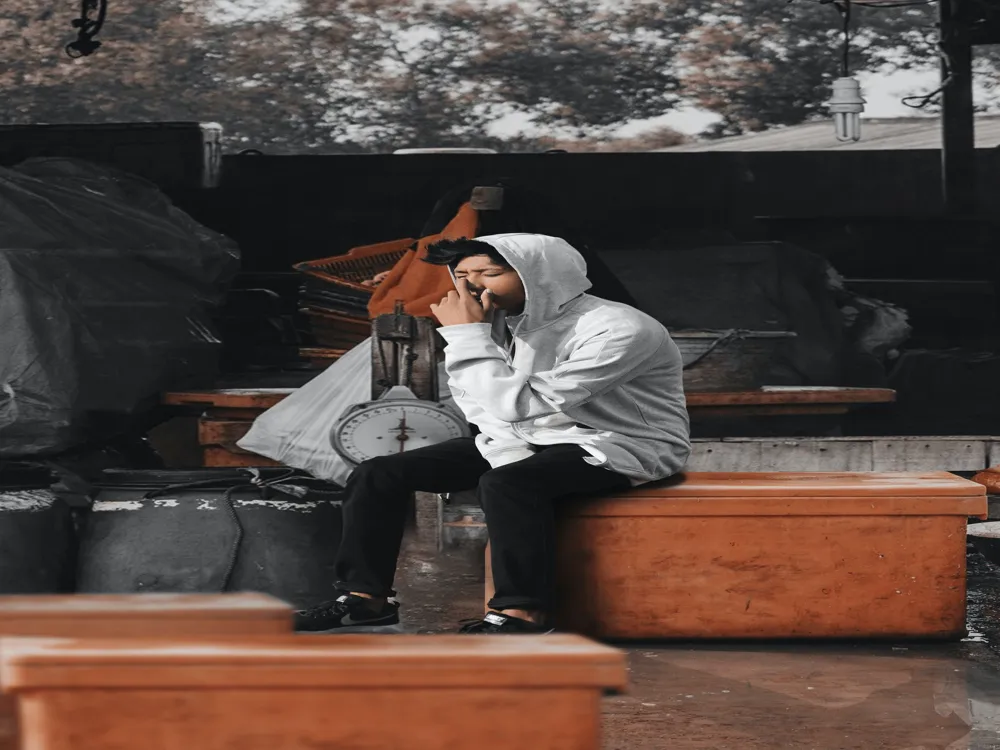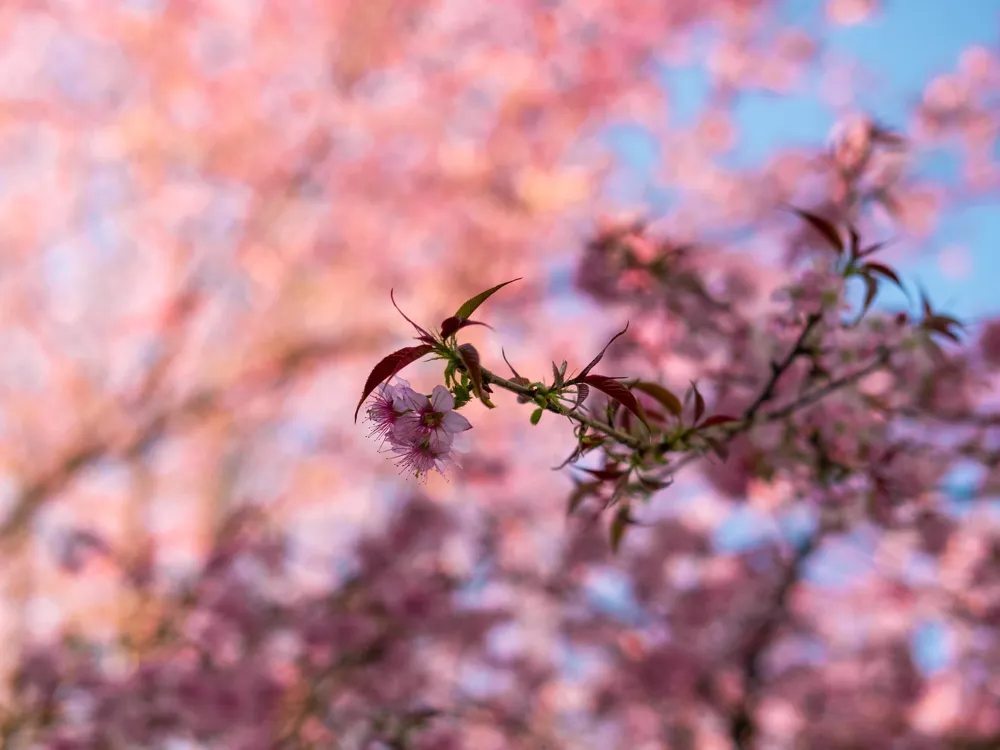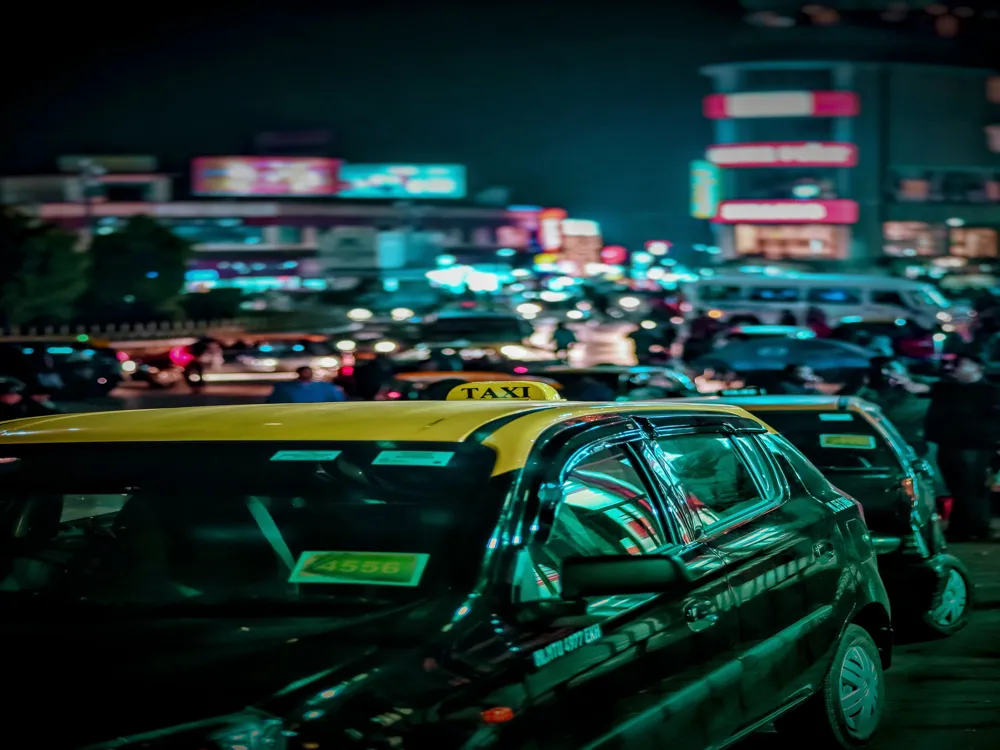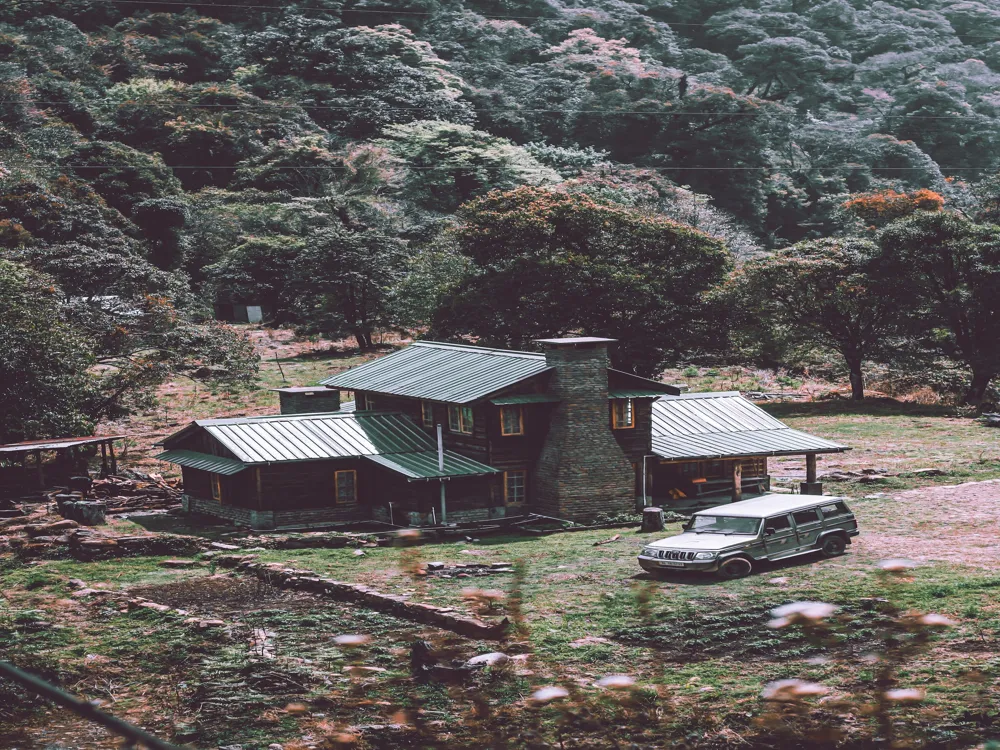Dhekiakhowa Bornamghar, located in Jorhat, Assam, is a beacon of cultural and spiritual significance. Established by Saint-reformer Madhavdeva in 1461, this sacred site has been a center of Ekasarana Dharma for centuries. The lamp lit by the saint continues to burn, symbolizing an unbroken lineage of faith and tradition. The Bornamghar, more than a temple, is a melting pot of history, culture, and spirituality, deeply entrenched in the Assamese way of life. The history of Dhekiakhowa Bornamghar is intertwined with the life of Madhavdeva, a key disciple of Srimanta Sankardeva. It's not just a monument; it’s a living chronicle of the Assamese faith. The Bornamghar has withstood the test of time, surviving natural calamities and invasions, each event adding a layer to its rich history. Dhekiakhowa Bornamghar is not only a spiritual hub but also a center for cultural activities. It plays a pivotal role in preserving and promoting Assamese art, music, and dance. The annual festivals here are a vibrant showcase of the state's rich cultural tapestry. The Bornamghar is more than a temple; it's a community center where people from all walks of life come together. It stands as a testament to communal harmony and social unity, deeply rooted in the teachings of the Vaishnavite saints. The architectural brilliance of Dhekiakhowa Bornamghar is a fine example of traditional Assamese design mingled with intricate craftsmanship. The structure, primarily made of wood and bamboo, stands on a high plinth, representative of the typical Ahom style of architecture. The temple complex is adorned with ornate carvings and sculptures that narrate stories from ancient scriptures, making it a visual encyclopedia of religious and cultural ethos. The Bornamghar’s design reflects a unique blend of indigenous techniques and materials. The use of locally sourced materials like bamboo, wood, and thatch in the construction adds to its ecological and cultural significance. The temple’s layout follows the traditional ‘Namghar’ style, with a central hall for prayers and community gatherings. The artistic embellishments of Dhekiakhowa Bornamghar are a testament to the artisanal skills of the Assamese craftsmen. The walls and ceilings are intricately decorated with motifs inspired by local flora and fauna, mythological scenes, and geometric patterns, each telling a unique story. The construction of Dhekiakhowa Bornamghar demonstrates an ancient wisdom of sustainable architecture. The use of natural and locally available materials not only reduces the ecological footprint but also ensures the structure is in harmony with its surroundings. Visitors are advised to dress modestly, respecting the sanctity of the Bornamghar. Traditional attire is recommended but not mandatory. While photography may be allowed in certain areas, visitors should avoid taking pictures during prayer sessions or in restricted zones. Understanding and respecting local customs and traditions is crucial. Engaging with local guides or reading about the place beforehand can enhance the visit. Dhekiakhowa Bornamghar, situated in Jorhat, is accessible by various means of transport. The nearest airport is Jorhat Airport, from where one can hire taxis or avail local transport services. The region is also well-connected by road and rail, making it convenient for visitors to reach this sacred destination. Read MoreOverview of Dhekiakhowa Bornamghar, Jorhat, Assam
Historical Significance
Cultural Impact
Community Involvement
Architecture of Dhekiakhowa Bornamghar, Jorhat
Structural Design
Artistic Embellishments
Sustainability Aspects
Tips When Visiting Dhekiakhowa Bornamghar, Jorhat
Dress Code
Photography Rules
Cultural Etiquette
How To Reach Dhekiakhowa Bornamghar, Jorhat
Dhekiakhowa Bornamghar Jorhat
Jorhat
Assam
₹ 6,000 onwards
View jorhat Packages
Jorhat Travel Packages
View All Packages For Jorhat
Top Hotel Collections for Jorhat

Private Pool

Luxury Hotels

5-Star Hotels

Pet Friendly
Top Hotels Near Jorhat
Other Top Ranking Places In Jorhat
View All Places To Visit In jorhat
View jorhat Packages
Jorhat Travel Packages
View All Packages For Jorhat
Top Hotel Collections for Jorhat

Private Pool

Luxury Hotels

5-Star Hotels

Pet Friendly












